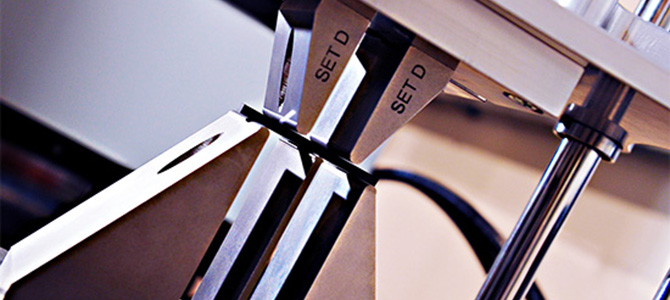Technology

Double Beam Shear is a new test method for determining the interlaminar shear (ILS) mechanical properties of composite laminates.
Composite materials – laminates comprising carbon, glass or aramid fibre reinforced plastics – are up to five times stronger than steel and a fifth of the weight.
Composites have many applications spanning the wind energy, aeronautical and automotive industries – including wind turbine blades, F1 cars, domestic and commercial road vehicles, ships and aircraft.
Vehicles built using these modern materials are lighter and more fuel efficient than those constructed from metal-based materials.
The Boeing 787-8 Dreamliner was the first commercial “plastic airplane”. Its lifespan exceeds that of similar conventional aircraft – and it is greener.
What’s more, using composites to build the aircraft has yielded a 6% weight efficiency, resulting in
- 16% improvement in fuel consumption
- 14% reduction in cost per seat
Dr Gang Zhou’s novel Double Beam Shear testing technology has the potential to measure the interlaminar shear mechanical properties of composite materials with far greater accuracy and reliability than existing test methods.
Two current standard tests– the Short Beam Shear and Iosipescu Shear tests – require a substantial built-in safety margin at build stage. This means that vehicle sections are invariably heavier than is actually necessary.
Using the Double Beam Shear method, vehicles could be even lighter and therefore more efficient in terms of fuel consumption and CO2 emissions.
DBS combines a novel apparatus and test method that delivers accurate and reliable results, even when the analysed sample is comparatively small – 6cm x 1cm.
The sample is clamped in a uniquely designed jig and broken. The force needed to fracture the section is fed into a bespoke mathematical programme and the exact physical properties of the material are calculated.
Knowing the precise durability and life-span of a given material means that vehicle designers and manufactures can dispense with excessive safety margins and design light-weight vehicles that do not compromise on safety and endurance.

